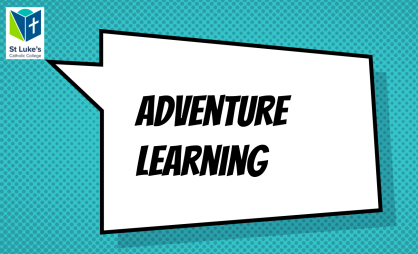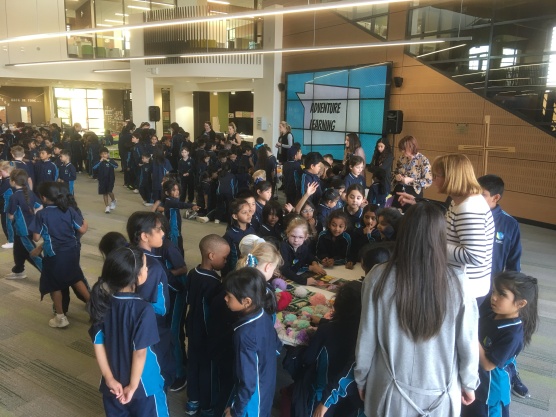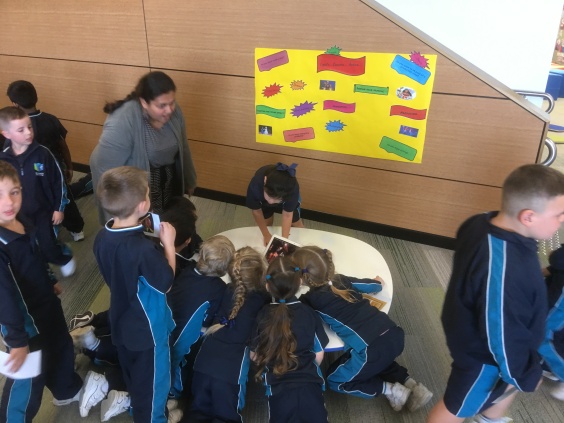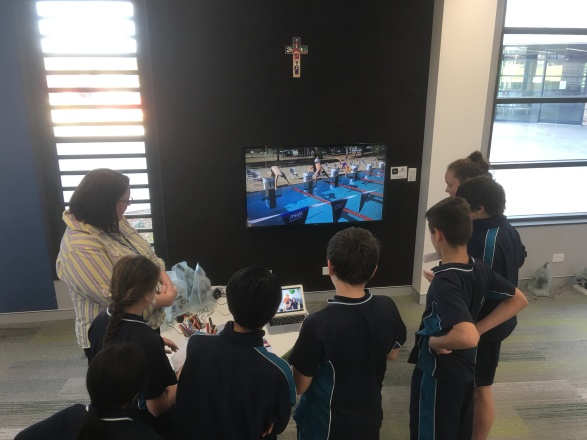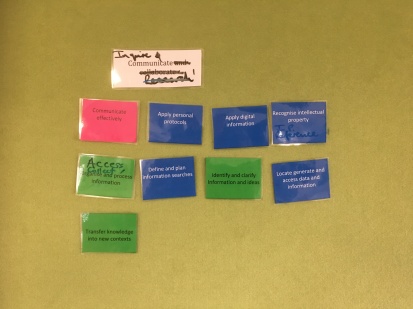At St Luke’s Catholic College, our 6 Pillars of Learning provide a strong reference point for learning growth and development for each child. These 6 Pillars, framed largely from the Australian General Capabilities, were established in 2017 in response to the school’s commitment to bring social skills and enterprise skills to prominence when considering the development and growth of each child at St Luke’s. So much so, that more substantial feedback is offered on the Pillars than for subject areas. Also, when we have Student-led Conferences, each child speaks with their parents using work samples to explain their self reflected growth using the Pillars as a scaffold for conversation.
However, like all things in this changing world, we have had cause to reflect on the Pillars based on the experience of a number of teachers and students new to the College this year. Just like we have too many learning outcomes to consider, there are too many ‘sub elements’ of 6 Pillars, 56 in total, for teachers and students to address. Many teachers agree with me on that one!
So, it was with interest that late last year I was introduced to Review – the future of assessment. Soon after, early in the new year, I was invited to a meeting with CEDP senior leaders and University of Technology Sydney (UTS) personnel. At that meeting, it was made obvious to me that through self reflection, peer assessment and teacher feedback, Review offers much promise and potential to more closely and seamlessly align KLA outcomes with our 6 Pillars of Learning.
A number of conversations then led to 5 St Luke’s teachers attending a full day workshop with UTS personnel and 2 other CEDP schools on Wednesday 20 June. As part of that meeting we heard how ‘Review’ breaks down graduate attributes into five categories so that students can self-assess their own work against specific criteria and monitor their disciplinary skills as illustrated in the diagram below.
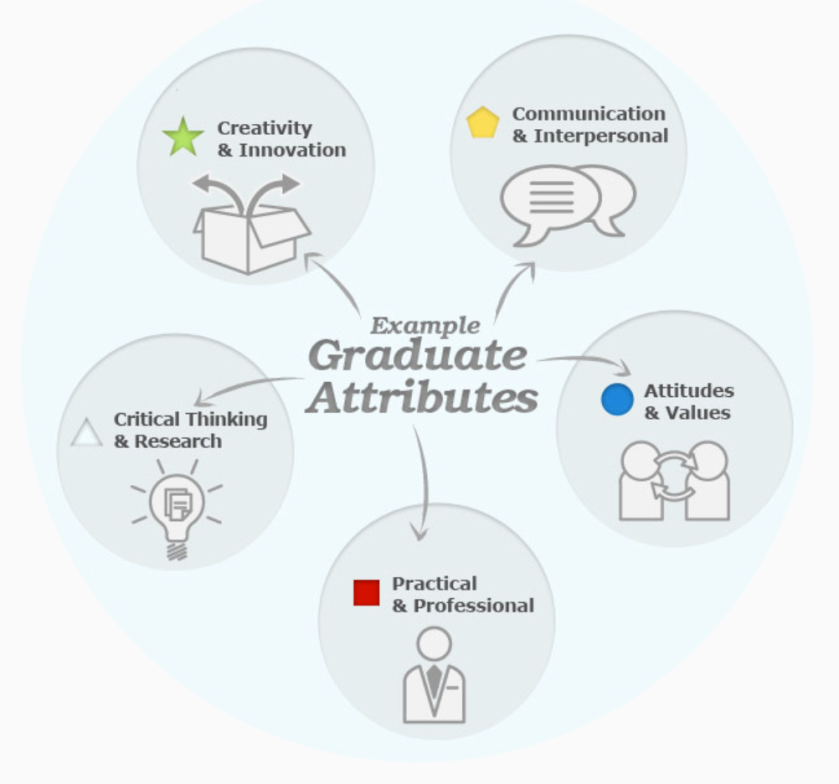
There were many reflections and conversations stemming from that day with the team of 5 speaking positively about Review with staff. As part of that follow up, UTS personnel offered questions for reflection. As our Pillars only refer to 5 of the 7 General Capabilities, we were asked why we do not include aspects of the Literacy and Numeracy Capabilities. Well, at this stage, literacy and numeracy are not part of 6 Pillars for two reasons:
- We already have a sound learning approach to offering feedback to students and parents in these areas due to a whole of system strategy called ‘Focus 160’.
- At the ‘back end’ of the school learning journey, around graduation time, literacy and numeracy requirements for post school pathways are obvious and observable based around the evidence of work in the student’s folio of work.
We know we need to become far more ‘precise’ with the 6 Pillars. The “6 Pillars” language is a part of our DNA at St Luke’s. Students and staff can recite the 6 Pillars ‘on the spot’. However, we are not yet across the ‘detail’ of sub-elements, nor are we across a range of evidence across various contexts that can assist a student to quickly identify where their strengths lie and how they can assist them to understand their life purpose. Furthermore, we need to consider an equity question – Is it fair to offer feedback on the 6 Pillars if we do not explicitly teach aspects of those pillars as a part of our learning? For example, if we don’t explicitly teach how to “Manage”, is it fair to offer feedback on that Pillar?
I suppose another way of thinking about alignment, or leading first with Pillars/capabilities and then addressing KLA outcomes is to ask… How can we teach and assess elements of:
- ‘Witness’ when teaching PDHPE?
- ‘Manage Self’ when teaching Mathematics?
- ‘Relate with Others’ when teaching Religious Education?
- ‘Communicate with Others’ when teaching when teaching English?
- Think Critically when teaching Creative Arts or TAS?
- Think Creatively when teaching Science or LOTE?
- Be Digitally Literate when teaching teaching HSIE?
For any of the above you can interchange Pillars with KLAs.
The challenge for us will be ‘flipping our thinking’ to universally lead with Pillars/Capabilities and have KLA outcomes appear to be ‘secondary’ in the process, just like Liverpool Boys High School. There is no doubt we are well on the way as we have started this process. However, our planning, programming and preparation is led by a learning outcomes focus as required by NESA with the Pillars ‘tacked on’. For me, what ‘Review’ can open up the possibilities for us to lead with the 6 Pillars and Capabilities without compromising our rigorous tracking of learning outcomes as required by NESA – and that is very exciting!
As always, questions, comments and insights are more than welcome.
Greg
Please note: For more information about Review, you are welcome to visit http://academ.com.au/review/
